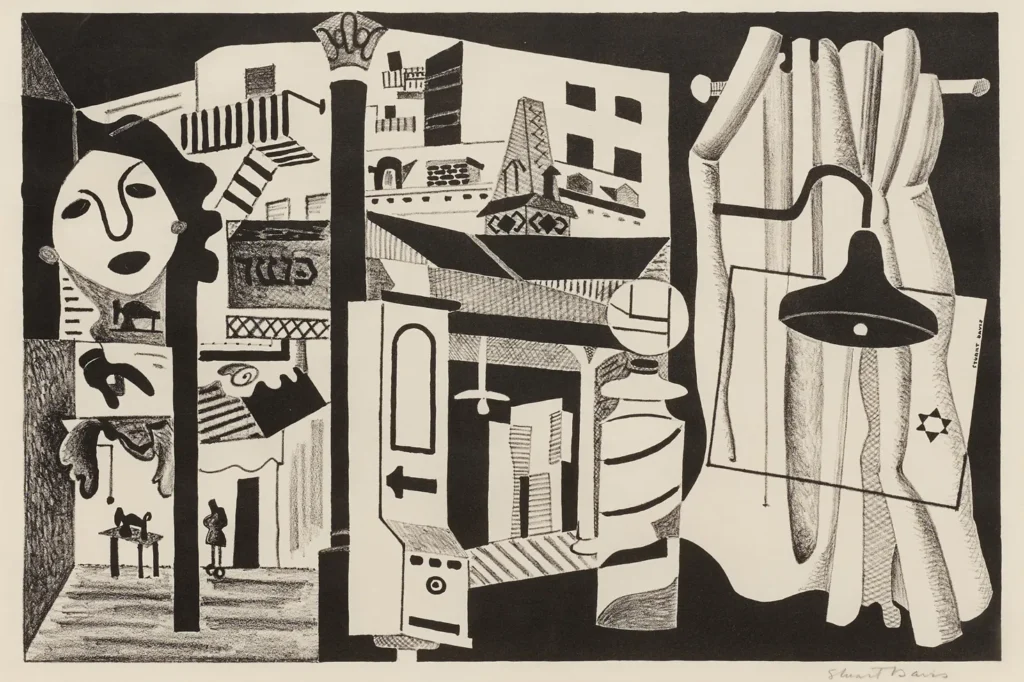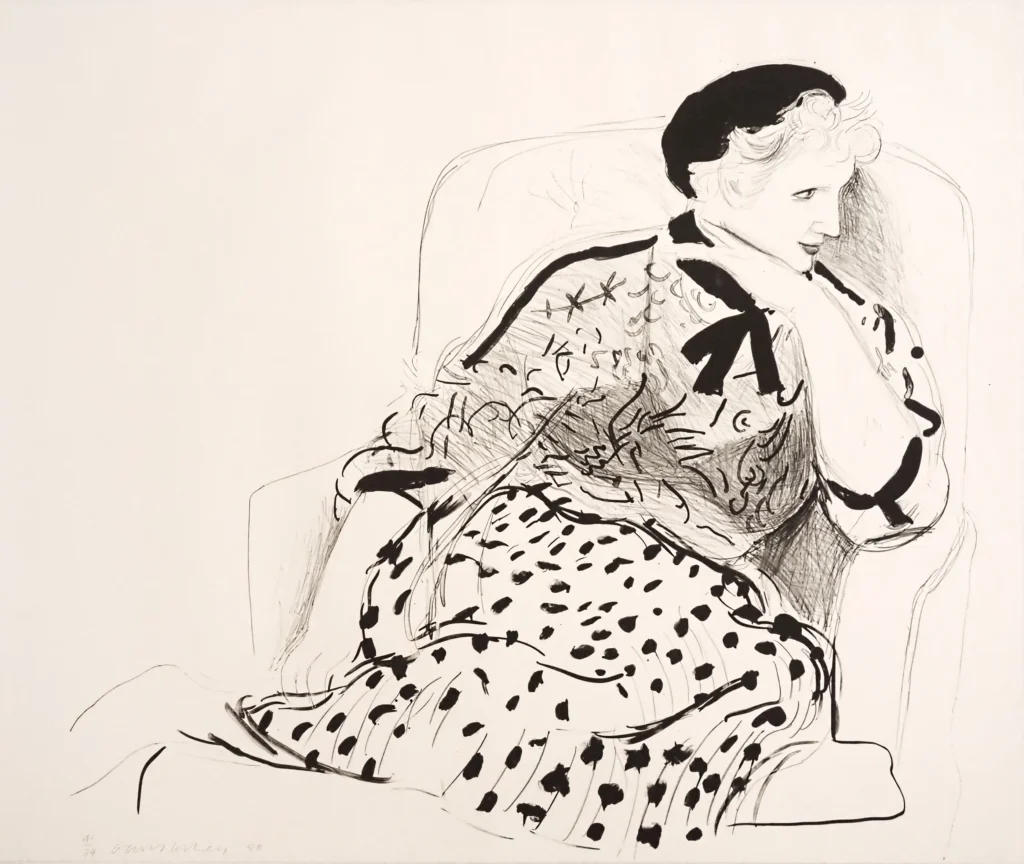What is a lithograph?
A lithograph is a printmaking technique invented in the late 18th century by German author Alois Senefelder, based on the fundamental principle that oil and water repel each other. The process involves drawing or painting directly onto a smooth limestone surface (or specially prepared metal plate) using greasy materials like lithographic crayons, pencils, or tusche ink. The artist creates their image by exploiting the natural antipathy between grease and water, allowing for remarkably nuanced and expressive mark-making that closely resembles drawing or painting.
The technical process begins with the artist creating their composition directly on the lithographic stone using oil-based materials. Once the drawing is complete, the stone undergoes a chemical treatment involving gum arabic and nitric acid, which fixes the greasy drawing material to the stone and makes the non-image areas more receptive to water. During printing, the stone is first dampened with water, which the non-drawn areas readily accept while the greasy drawn areas repel it. Oil-based printing ink is then applied with rollers, adhering only to the drawn areas while being repelled by the wet, non-image portions of the stone.
What makes lithography particularly significant in the art world is its ability to produce multiple identical impressions while preserving the spontaneous, gestural qualities of the original drawing. Unlike relief printing methods like woodcut or engraving, lithography is a planographic process where the printing surface remains flat, allowing artists to achieve subtle gradations of tone, delicate line work, and rich textural effects. This technical versatility attracted many renowned artists, including Toulouse-Lautrec, who used lithography extensively for his famous posters, and artists like Picasso, Miró, and Chagall, who embraced the medium for its expressive possibilities.
The term “lithograph” specifically refers to an original print pulled directly from the stone by the artist or under their supervision, as opposed to a reproduction or poster. Authentic lithographs are considered original works of art, typically produced in limited editions and numbered by the artist. Each impression requires the stone to be individually inked and printed, making every lithograph a unique impression despite being part of an edition. The stone can produce hundreds of prints before the image quality begins to deteriorate, though most artists limit their editions well before this point to maintain exclusivity and value.


